Aug 20, 2025
Author:Amanda Lyu
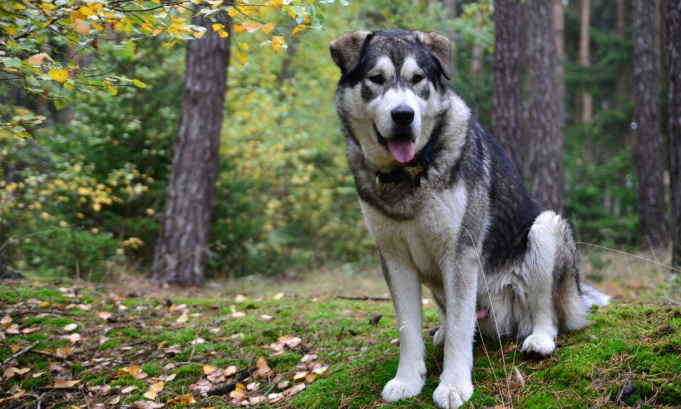
Think giant dogs are just oversized puppies? Think again. That adorable Mastiff puppy costs more than your monthly car payment—and we're not talking about the purchase price. Between specialty food bills that rival your grocery budget and vet visits that require actual furniture removal, owning these gentle giants hits different.
Yet thousands of pet parents wouldn't trade their 150-pound lap dogs for anything. Why? Because beneath those massive frames lie some of the most loyal, protective, and surprisingly gentle companions you'll ever meet.
So we’re covering the top 5 giant breeds and their hidden expenses nobody warns you about. Keep reading if you're serious about bringing home a gentle giant. We're about to show you exactly what you're signing up for—financially and physically.
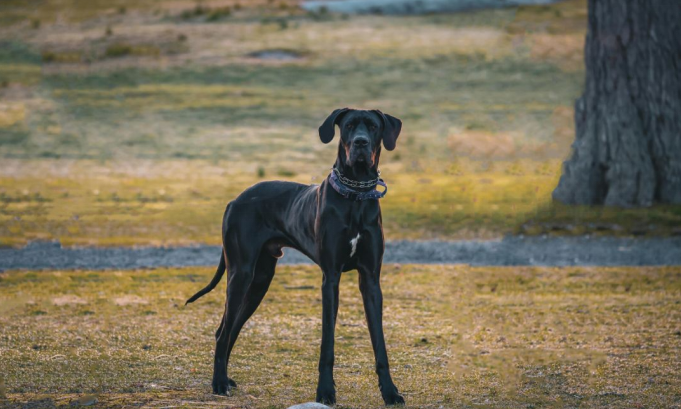
Meet the breed that makes other large dogs look like toys. Great Danes tower at 28-32 inches tall and weigh between 110-175 pounds, yet somehow still believe they're lap dogs. These gentle giants combine elegance with power in a way that turns heads at every dog park.
Your Great Dane will physically change your living space. We're talking about dogs that can rest their heads on your kitchen counter without jumping.
Adult measurements:
● Males: 30-32 inches, 140-175 lbs
● Females: 28-30 inches, 110-140 lbs
● Standing height on hind legs: Up to 7 feet
Pro tip? Get used to eating at the table. Counter surfing becomes an art form when your dog's nose naturally reaches dinner plates.
Brace yourself—Great Danes burn through your budget faster than they grow (which is fast).
|
Expense Category |
Monthly Cost |
Annual Cost |
|
Premium food |
$100-150 |
$1,200-1,800 |
|
Routine vet care |
$50-75 |
$600-900 |
|
Preventive meds |
$40-60 |
$480-720 |
|
Pet insurance |
$70-120 |
$840-1,440 |
|
Total |
$260-405 |
$3,120-4,860 |
Beyond the basics, these costs catch new owners off guard:
● Orthopedic beds: $200-400 (replaced yearly)
● XL everything: Crates ($300+), car barriers ($150+), elevated feeders ($80+)
● Bloat surgery fund: $1,500-7,500 emergency reserve
● Joint supplements: $50 monthly after age 2
● Professional grooming: $80-120 per session
Great Danes typically live 7-10 years, making each year precious. Their shorter lifespan means higher annual medical costs as preventive care becomes critical. Smart owners budget $5,000 annually after accounting for unexpected vet visits and replacing destroyed furniture (yes, their tails are weapons).
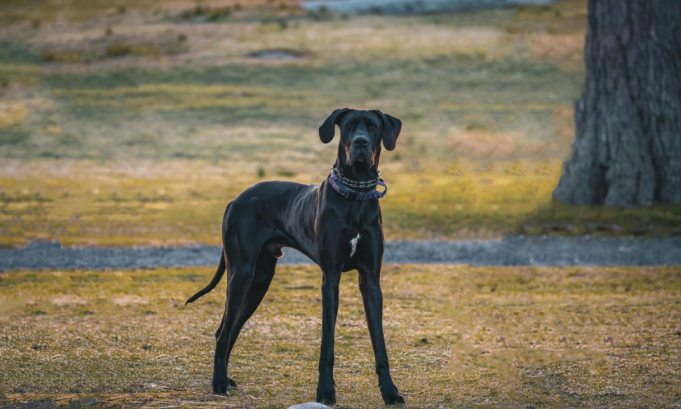
If Great Danes are tall, English Mastiffs are massive. These dogs don't just enter rooms—they occupy them. Weighing up to 230 pounds, they're literally heavier than most adult humans. Yet these colossal canines move through life with surprising grace and an almost zen-like calm.
English Mastiffs grow into small bears, and your house better be ready for it.
Size specifications:
● Males: 30+ inches, 160-230 lbs
● Females: 27.5+ inches, 120-170 lbs
● Head circumference: Often exceeds 30 inches
● Daily food intake: 6-10 cups
That last point? Yeah, you'll become best friends with the pet store delivery driver.
Mastiffs eat like athletes and require veterinary care that matches their size.
|
Expense Category |
Monthly Cost |
Annual Cost |
|
Quality dog food |
$120-180 |
$1,440-2,160 |
|
Vet checkups |
$60-85 |
$720-1,020 |
|
Flea/tick/heartworm |
$50-70 |
$600-840 |
|
Pet insurance |
$90-150 |
$1,080-1,800 |
|
Total |
$320-485 |
$3,840-5,820 |
Beyond regular expenses, Mastiff ownership brings unique financial surprises.
The drool factor alone costs money:
● Waterproof couch covers: $100-200
● Extra towels for drool management: $50
● Professional carpet cleaning: $200 quarterly
Size-specific expenses:
● XXL orthopedic beds: $250-500 (need 2-3 around the house)
● Vehicle modifications: $300-800 for proper restraints
● Reinforced leashes/collars: $100+ per set
● Anesthesia surcharge at vets: 25-40% extra
Hip dysplasia affects many Mastiffs, with surgery running $4,000-6,000 per hip. Their 6-10 year lifespan means every health decision carries weight—literally and financially. Budget $6,000-8,000 yearly, once you factor in emergencies, with costs escalating after age 5.
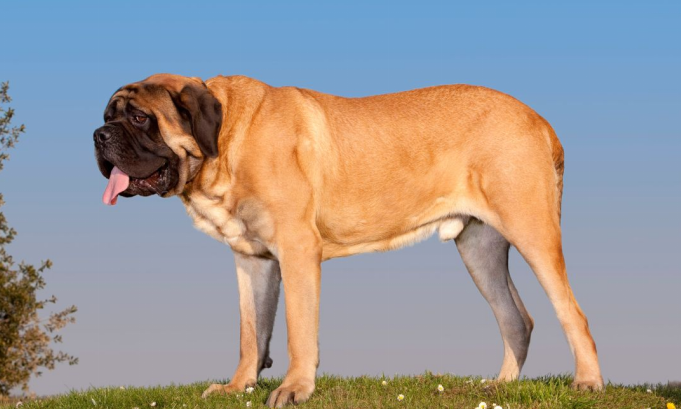
Saint Bernards bring the Swiss Alps to your living room—complete with the shedding snowstorm. These 140-180 pound teddy bears combine rescue dog heritage with family-friendly temperament, creating companions that are equal parts protective and patient. Just prepare for the fur. So much fur.
Your Saint Bernard needs room to stretch, and we mean serious room.
Adult specifications:
● Males: 28-30 inches, 140-180 lbs
● Females: 26-28 inches, 120-140 lbs
● Coat types: Short-haired or long-haired (both shed year-round)
● Drool level: Extreme (keep towels everywhere)
These dogs overheat easily. Air conditioning becomes non-negotiable in warm climates, adding $50-100 to monthly utility bills during summer.
The Swiss mountain dog lifestyle doesn't come cheap.
|
Expense Category |
Monthly Cost |
Annual Cost |
|
High-quality food |
$110-160 |
$1,320-1,920 |
|
Regular vet care |
$55-80 |
$660-960 |
|
Preventive medications |
$45-65 |
$540-780 |
|
Pet insurance |
$80-140 |
$960-1,680 |
|
Professional grooming |
$100-150 |
$1,200-1,800 |
|
Total |
$390-595 |
$4,680-7,140 |
Saint Bernard ownership includes expenses that blindside unprepared owners.
Grooming and maintenance madness:
● Professional de-shedding tools: $150-300
● Monthly grooming (non-negotiable): $100-150
● Vacuum cleaner replacement: $400-600 annually
● Lint roller budget: $20 monthly (seriously)
Health and comfort costs:
● Cooling mats/vests: $100-200
● Eye and skin care products: $40 monthly
● Joint supplements start early: $60 monthly from age 2
● Bloat prevention slow-feeders: $50-80
Saint Bernards usually get 8–10 years, and plenty deal with entropion — eyelid surgery runs $1,500–3,000 per eye. After six, heart problems and bone cancer start showing up more often, so yeah, full-coverage insurance earns its keep. Yearly costs? Easily $7,000–9,000 once you add in the home repairs from tails that swing like battering rams.
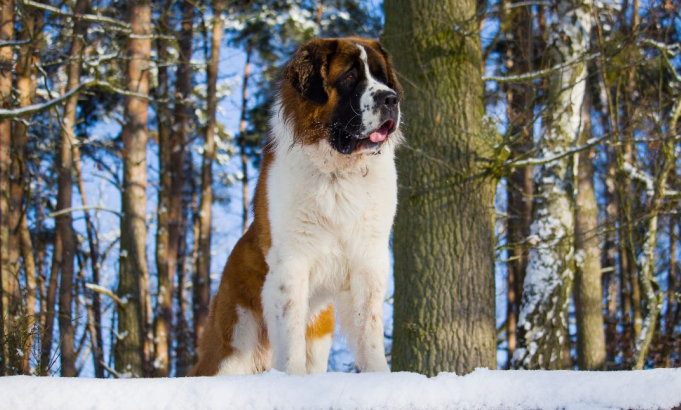
Newfoundlands don't just like water—they're obsessed with it. These 100-150-pound water rescue specialists turn every puddle into a swimming opportunity and every bath time into an Olympic event. Their webbed feet and water-resistant double coat make them natural lifeguards, but maintaining that magnificent coat will test your commitment (and budget).
Newfies transform your home into their personal aquatic center, minus the actual pool.
Physical dimensions:
● Males: 28 inches, 130-150 lbs
● Females: 26 inches, 100-120 lbs
● Coat density: Double-layered, water-resistant
● Swimming range: Will find water within a 5-mile radius
Your bathroom becomes a grooming station. Your car becomes a mobile dog wash. Accept it now.
Water dogs come with water-bill-sized expenses.
|
Expense Category |
Monthly Cost |
Annual Cost |
|
Premium food |
$100-150 |
$1,200-1,800 |
|
Veterinary care |
$50-75 |
$600-900 |
|
Preventive treatments |
$45-60 |
$540-720 |
|
Pet insurance |
$75-130 |
$900-1,560 |
|
Professional grooming |
$120-180 |
$1,440-2,160 |
|
Total |
$390-595 |
$4,680-7,140 |
Newfoundland-specific costs will soak your savings account.
Grooming and coat upkeep:
● High-velocity pet dryer: $200–400 (non-negotiable)
● Professional grooming every 6–8 weeks: $120–180
● Waterproof car seat covers: $150–200
● De-matting tools/supplies: $100–200
● Specialty shampoos/conditioners: $30 a month
Water-related expenses:
● Pool fence installation: $1,500-3,000
● Waterproof flooring areas: $500-1,000
● Constant towel replacement: $25 monthly
● Elevated food stations (prevent water mess): $100-150
Newfoundlands usually get 8–10 years. Subaortic stenosis (SAS) is common—screening runs $500–800, treatment can blow past thousands. Hip or elbow dysplasia surgeries? Around $4,000–6,000 each. Add grooming, health checks, and fixing water damage, and you’re staring at $6,500–8,500 a year.
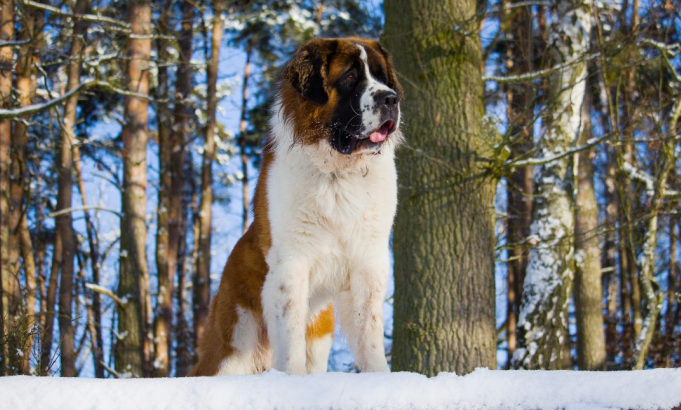
Irish Wolfhounds make Great Danes look like they’re slouching. They can stand up to 34 inches, blending the height of a pony with the personality of a lazy roommate. Sure, they’re sight hounds, but most would rather spot your couch than chase prey. That sheer size? It demands respect—and a wallet that can keep up.
Living with an Irish Wolfhound? Yeah, you start rethinking vertical space completely.
Size breakdown:
● Males: 32-34 inches, 140-180 lbs
● Females: 30-32 inches, 115-140 lbs
● Standing reach: 7+ feet on hind legs
● Stride length: Covers your entire hallway in three steps
Counter surfing? They don't even need to try. Your kitchen island becomes their personal buffet table.
The tallest breed comes with tall bills to match.
|
Expense Category |
Monthly Cost |
Annual Cost |
|
Quality food |
$110-170 |
$1,320-2,040 |
|
Vet visits |
$60-85 |
$720-1,020 |
|
Preventive care |
$50-70 |
$600-840 |
|
Pet insurance |
$85-145 |
$1,020-1,740 |
|
Grooming |
$80-120 |
$960-1,440 |
|
Total |
$385-590 |
$4,620-7,080 |
These gentle giants bring unique costs most owners never anticipate.
Space and equipment needs:
● Extra-tall baby gates: $150-250 each
● Custom-height feeding stations: $150-300
● XXL sight hound collars: $75-150
● Reinforced, deep dog beds: $300-500
Health and maintenance costs:
● Heart screening (annual): $400-600
● Bone cancer screening: $300-500
● Emergency surgery fund: $5,000-10,000 reserve
● Weekly coat stripping: $50 (DIY tools: $200)
Irish Wolfhounds have the shortest lifespan among giants—just 6-8 years. Bone cancer strikes 20% of the breed, with treatment averaging $5,000-10,000. Heart disease monitoring starts at age 2, adding $800 yearly. Their delicate build means more frequent injuries from normal play. Realistic yearly costs hit $7,000-10,000, making them the most expensive giant breed per year of life.
You've just seen the numbers. Owning these gentle giants costs $4,000-10,000 yearly, and that's before emergencies hit. But here's the thing—you can actually control some of these expenses with the right approach.
The biggest takeaways:
● Food costs run $1,200–2,160 yearly—tight portions matter more than you’d guess for giants, honestly, anyway.
● Emergencies climb after five—early prevention saves money, and sometimes saves lives.
● All giant breeds need structure—steady meal timing curbs bloat and stomach troubles.
● Breed-size costs are inevitable, but smart planning slashes expenses by 20–30%.
![WOpet Heritage View Automatic Pet Feeder with Camera [Dual Bowls]](https://wopet.com/uploads/admin/image/20250115/1c4a26cd6a925ee3425fa705f3887fbb.png)
Managing a 150-pound dog’s feeding schedule while juggling work? Tech helps. The WOpet Heritage View Automatic Pet Feeder controls portions and schedules remotely—ideal for giant breeds needing strict meal timing, even when you’re away.
Label:
Popular Post
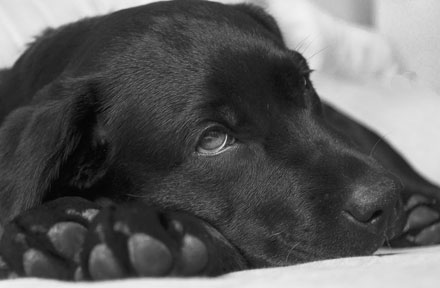
What to Feed a Sick Dog With No Appetite? [2025 Guide]
May 16, 2023
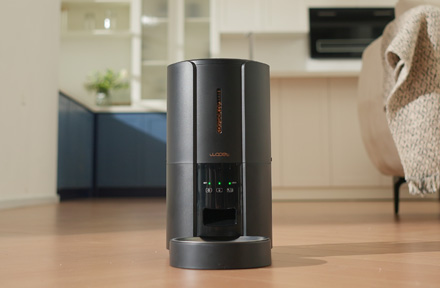
Troubleshooting Common Issues with Automatic Pet Feeders: Tips & Tricks for Pet Owners
Oct 26, 2023
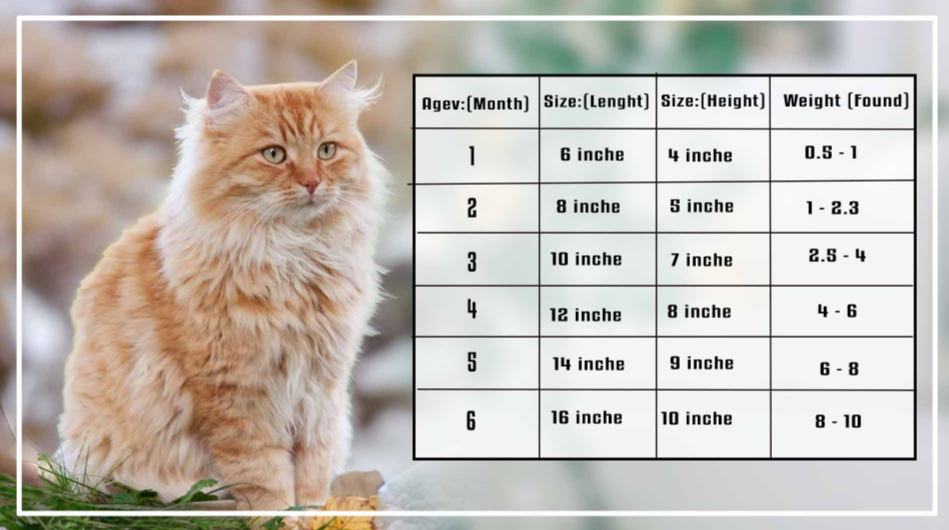
What is a standard Cat Weight chart by age Kg?
Mar 19, 2025
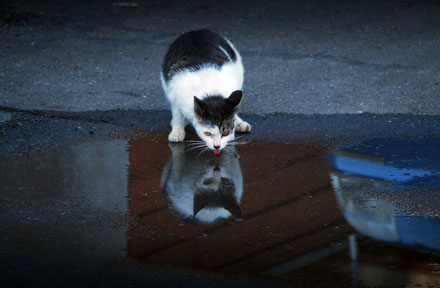
Why Does My Cat Cough After Drinking Water? 8 Potential Reasons
Mar 13, 2023
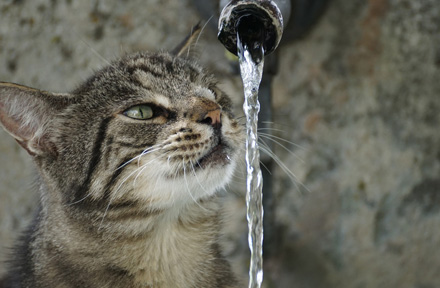
Why is My Cat Throwing up Water? Top 5 Causes Here
Feb 08, 2023
$109.99
$129.99
Copyright © 2025 WOPET. All Rights Reserved.